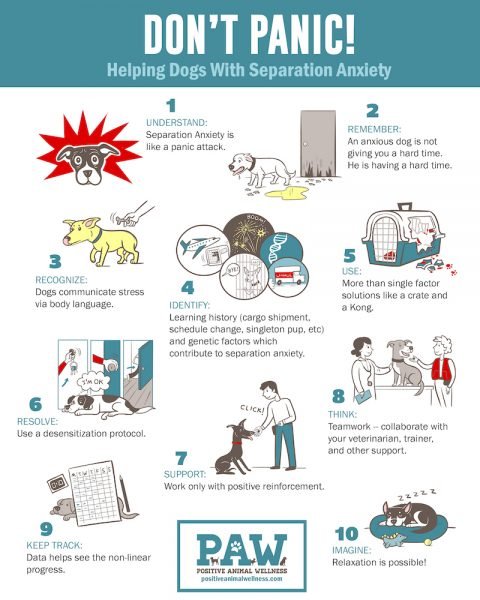Table of Contents
Are you struggling with your furry friend’s separation anxiety? Don’t worry, we’ve got your back! In this article, we will explore a range of effective training techniques specifically designed to tackle dog separation anxiety head-on. Whether your pooch becomes anxious when you leave the house or exhibits destructive behaviors, we’ve got the solutions to help your canine companion feel more secure and relaxed when you’re not around. Say goodbye to those sad puppy eyes and let’s get started on creating a happier, calmer environment for both you and your beloved four-legged friend.
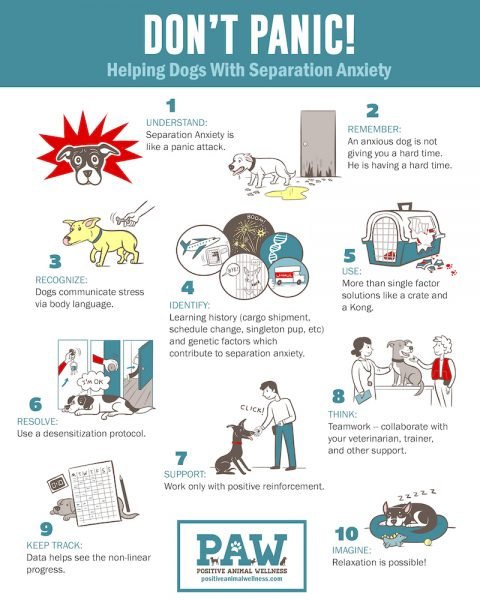
Understanding Separation Anxiety in Dogs
Separation anxiety is a common behavior disorder that affects many dogs. It occurs when a dog becomes intensely anxious and distressed upon being separated from their owner or when left alone. This can manifest in various ways, including excessive barking, destructive behavior, house soiling, and even self-injury. Understanding the symptoms, causes, and effects of separation anxiety is essential in order to provide the necessary support and care for your furry friend.
Symptoms of separation anxiety
When it comes to separation anxiety, dogs may exhibit a range of symptoms. These can vary depending on the individual dog, but some common signs include excessive barking or howling, destructive chewing or digging, house soiling, attempts to escape, pacing, and excessive drooling. Some dogs may even resort to self-harm, such as licking or biting themselves excessively. It’s important to pay attention to these behaviors and address them promptly to ensure the well-being of your furry companion.
Causes of separation anxiety
Separation anxiety can develop for a variety of reasons. Dogs that have experienced significant life changes, such as a change in ownership, a move to a new home, or the loss of a companion, may be more prone to developing separation anxiety. Additionally, dogs that have had little exposure to being alone or that have a particularly strong bond with their owner may also be at a higher risk. It’s important to note that separation anxiety is not a reflection of a dog’s obedience or how much they love their owner; rather, it is a result of the dog’s fear and anxiety surrounding being alone.
Effects of separation anxiety on dogs
Separation anxiety can have significant effects on a dog’s overall well-being. The constant stress and fear associated with being separated from their owner can lead to various physical and emotional issues. Dogs with separation anxiety may experience weight loss, loss of appetite, digestive problems, and sleep disturbances. In severe cases, they may exhibit signs of depression. Additionally, the destructive behaviors often associated with separation anxiety can cause harm to the dog and damage to your home. By understanding the effects of separation anxiety, you can better appreciate the importance of addressing and managing this condition effectively.
Creating a Safe Environment
Creating a safe and comforting environment is crucial in helping dogs with separation anxiety feel more secure and relaxed when left alone. By implementing a few simple strategies, you can create a designated space that promotes a sense of safety and comfort for your furry friend.
Designating a designated space for the dog
One effective approach is to designate a specific area in your home where your dog can feel secure. This could be a spare room, a quiet corner, or even a well-ventilated crate. Ensure that the designated space is free from potential hazards and provides a sense of security and comfort. By having a designated area, your dog will have a space they can call their own and feel at ease when left alone.
Providing comfortable bedding and toys
Comfortable bedding and familiar toys can greatly contribute to creating a safe environment for your dog. Choose bedding that is soft, supportive, and easy to clean. Additionally, provide your dog with a selection of toys that they enjoy and find comforting. These toys can help distract and entertain your dog, making them feel more content when you’re not around.
Utilizing calming aids
In some cases, using calming aids can be beneficial in creating a safe environment for dogs with separation anxiety. Adaptil and ThunderShirt are two popular options that can help alleviate anxiety. Adaptil is a pheromone-based product that mimics the natural calming pheromones released by mother dogs to comfort their puppies, while ThunderShirt applies gentle pressure to your dog’s body, similar to a constant hug. These aids can provide a sense of security and reduce anxiety levels, making your dog feel more relaxed in their designated space.
Gradual Desensitization Technique
Gradual desensitization is a proven technique used to help dogs with separation anxiety become more comfortable and relaxed when left alone. By gradually exposing your dog to short periods of separation and gradually increasing the duration over time, you can help them learn to cope with being alone in a positive and manageable way.
Introduction to desensitization
Desensitization involves exposing your dog to situations that trigger their anxiety in a controlled and gradual manner. The goal is to help your dog become less sensitive to these triggers over time. When it comes to separation anxiety, desensitization involves gradually increasing the time your dog spends alone, starting with very short periods and gradually working your way up as your dog becomes more comfortable. It’s important to note that desensitization should be done at your dog’s pace and never force them into situations that cause distress.
Creating a desensitization plan
Creating a desensitization plan involves breaking down the process into small, manageable steps. Begin by leaving your dog alone for a very short period of time, such as a few minutes, and gradually increase the duration. During these initial sessions, provide your dog with a special treat or toy that they only receive when they are left alone. This will create a positive association with being alone and help them feel more comfortable. Remember to always reward and praise your dog for their calm behavior during the desensitization process.
Implementing the desensitization process
Consistency is key when it comes to implementing the desensitization process. Set aside dedicated time each day to work on gradually increasing the time your dog spends alone. Begin with short departures, gradually increasing the duration over several weeks or even months. It’s important to monitor your dog’s behavior during each session and adjust the duration of alone time accordingly. By implementing the desensitization process with patience and consistency, you can help your dog build confidence and feel more secure when left alone.
Crate Training as a Solution
Crate training is a useful tool that can help alleviate separation anxiety in dogs. When done correctly, crate training provides a safe and secure space for your dog, mimicking the den-like environment that dogs seek in the wild. By associating the crate with positive experiences, you can help your dog view it as a comforting and enjoyable space, even when you’re not at home.
Benefits of crate training for separation anxiety
Crate training offers several benefits when it comes to managing separation anxiety. Firstly, it provides a secure and confined space where your dog can feel safe and protected. This can help reduce anxiety levels and prevent destructive behaviors. Additionally, crate training can facilitate the desensitization process by gradually increasing the time your dog spends alone in the crate. With proper training and positive reinforcement, many dogs with separation anxiety come to view their crate as a safe haven, providing them with a sense of comfort and security.
Choosing the right crate
Selecting the right crate is an important aspect of crate training. It’s essential to choose a crate that is the appropriate size for your dog, providing enough room for them to comfortably stand, turn around, and lie down. Opt for a well-ventilated crate made of durable materials. Some dogs may prefer an open-wire crate that allows for better visibility and airflow, while others may feel more secure in a plastic or fabric crate with a cozy blanket. Take your dog’s preferences into consideration when choosing the right crate for them.
Positive association with the crate
Establishing a positive association with the crate is key to successful crate training. Introduce your dog to the crate gradually, allowing them to explore it at their own pace. Place enticing treats and toys inside the crate to encourage your dog to enter. Avoid forcing your dog into the crate or using it as a form of punishment. Instead, make the crate a positive and rewarding environment by providing treats, praise, and attention when your dog willingly enters or spends time inside. Over time, your dog will come to associate the crate with positive experiences, making it a valuable tool in managing separation anxiety.
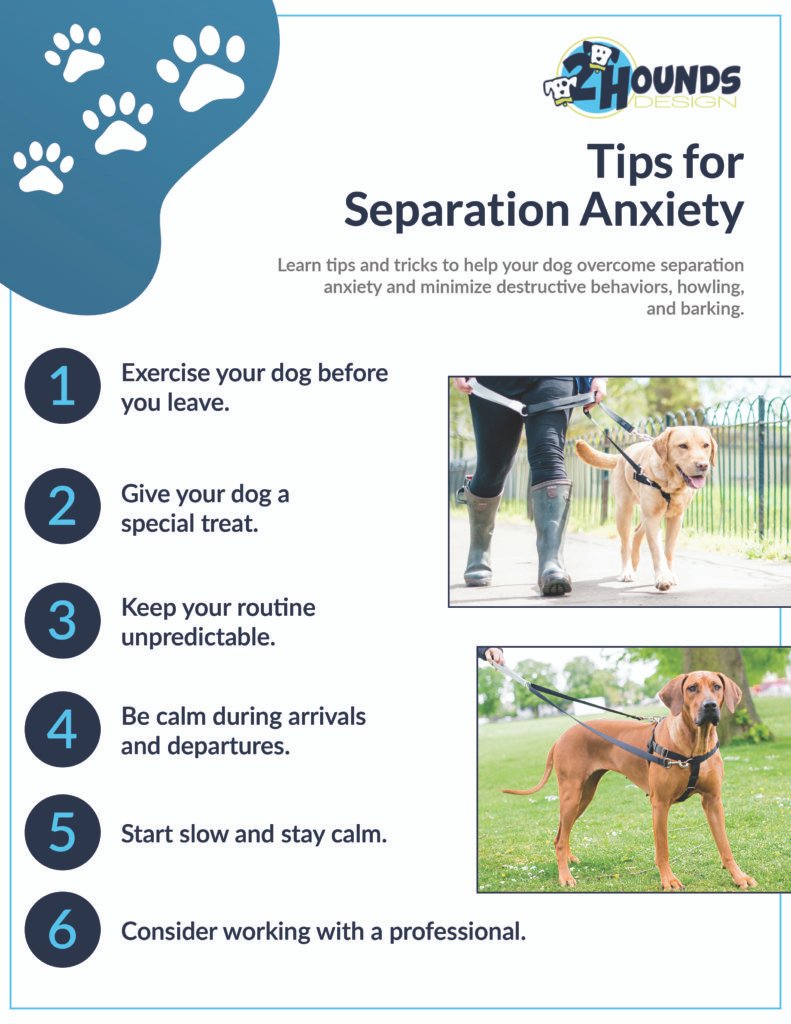
Addressing Fear and Anxiety
Addressing the underlying fear and anxiety that contribute to separation anxiety is crucial for effectively managing and resolving this behavior disorder. By identifying fear triggers, utilizing counterconditioning techniques, and implementing reward-based training, you can help your dog build confidence and overcome their separation anxiety.
Identifying fear triggers
Understanding what triggers your dog’s anxiety is an important step in addressing their separation anxiety. Dogs may have specific triggers, such as the sight of you preparing to leave, the sound of keys jingling, or the act of you putting on your shoes. By identifying these triggers, you can work on desensitizing and counterconditioning your dog’s response.
Counterconditioning techniques
Counterconditioning involves changing your dog’s emotional response to a particular trigger. This can be achieved by exposing your dog to the trigger in a controlled manner and pairing it with positive experiences, such as treats, playtime, or praise. For example, if your dog becomes anxious when they see you putting on your shoes, you can start by putting on your shoes and immediately giving them a treat or engaging in a fun activity. Over time, your dog will begin to associate the trigger with positive experiences, reducing their anxiety.
Reward-based training
Reward-based training is a powerful tool in addressing separation anxiety. By rewarding your dog for calm and relaxed behavior, you are reinforcing positive habits and encouraging them to stay calm when you’re not around. When your dog displays calm behavior during alone time, such as lying down quietly or playing with their toys, provide them with a treat or verbal praise. This positive reinforcement helps your dog associate being alone with positive experiences, ultimately reducing their anxiety.
The Importance of Exercise
Regular exercise plays a significant role in managing separation anxiety in dogs. Physical activity not only helps burn off excess energy but also promotes mental stimulation, which is equally important for a dog’s overall well-being. By designing a regular exercise routine and incorporating interactive toys and games, you can help combat separation anxiety and provide your dog with a fulfilling and enriching lifestyle.
Physical activity and mental stimulation
Exercise is essential for dogs as it helps release pent-up energy and promotes a healthy lifestyle. Regular physical activity, such as daily walks, jogging, or play sessions, can help reduce anxiety levels and improve overall behavior. In addition to physical exercise, mental stimulation is equally important for dogs, especially those with separation anxiety. Engage your dog in puzzle toys, obedience training sessions, and interactive games that challenge their mind and keep them mentally engaged.
Designing a regular exercise routine
Creating a consistent exercise routine is crucial in managing separation anxiety. Set aside dedicated time each day to engage in physical activities with your dog. Whether it’s a morning walk, an afternoon play session, or an evening agility course, having an established routine helps your dog anticipate and look forward to these activities. This can help alleviate anxiety and provide structure to their day. Additionally, varying the type of exercise and incorporating new activities can keep things exciting and prevent boredom.
Interactive toys and games
Interactive toys and games can be a valuable tool in combating separation anxiety. These toys are designed to challenge and engage your dog’s mind, providing mental stimulation and keeping them occupied when you’re not around. Puzzle toys, treat-dispensing toys, and interactive balls are all great options to consider. By providing your dog with these stimulating toys, you can help redirect their attention and energy, ultimately reducing their anxiety levels.
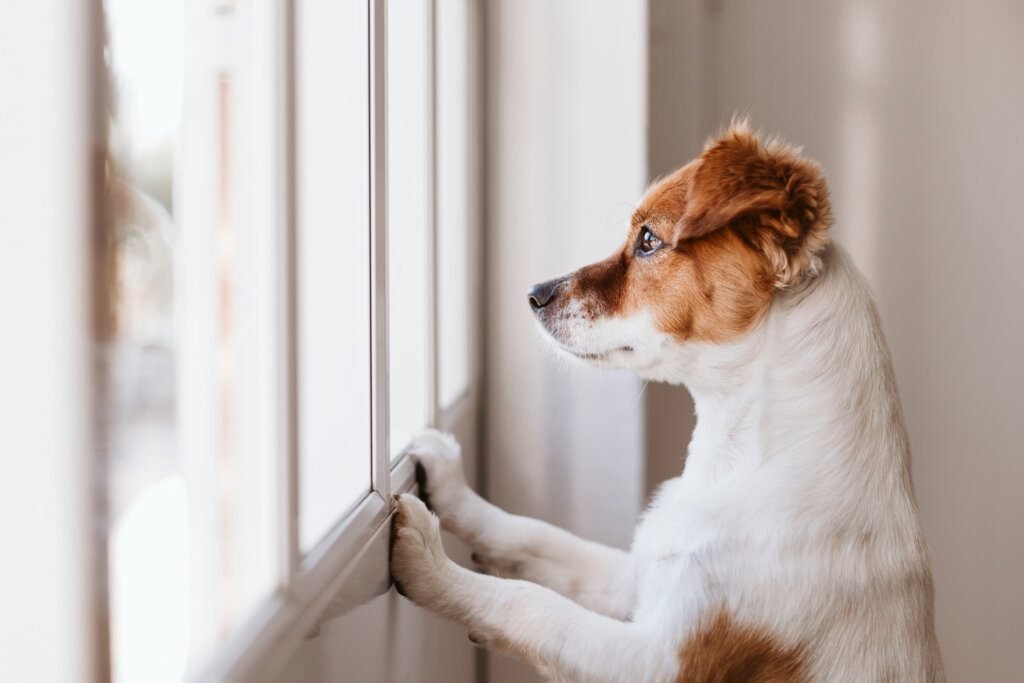
Using Medications and Supplements
In some cases, medications and supplements may be necessary to manage and alleviate the symptoms of separation anxiety in dogs. It’s important to consult with a veterinarian to determine the most appropriate course of action for your furry friend. Under the guidance of a professional, you can explore common medications and natural supplements that can help calm and support your dog’s overall well-being.
Consulting with a veterinarian
If your dog’s separation anxiety is severe or persists despite behavioral interventions, it may be necessary to consult with a veterinarian. They can assess your dog’s specific needs and determine whether medications or supplements are appropriate. A veterinarian will consider your dog’s overall health, behavior, and specific symptoms when making their recommendations.
Common medications for separation anxiety
In some cases, veterinarians may prescribe medications to help manage separation anxiety in dogs. These medications can include selective serotonin reuptake inhibitors (SSRIs) or tricyclic antidepressants (TCAs), which can help regulate brain chemicals and reduce anxiety levels. It’s important to note that medications should never be used as a standalone solution but rather as part of a comprehensive treatment plan that includes behavioral interventions and environmental modifications.
Natural supplements and calming treatments
Natural supplements and calming treatments can also be beneficial in managing separation anxiety. Products such as CBD oil, melatonin, and certain herbal remedies are believed to have calming effects on dogs. However, it’s important to consult with a veterinarian before introducing any supplements or treatments to ensure they are safe and appropriate for your dog. A professional will be able to recommend the most suitable natural options based on your dog’s specific needs and circumstances.
Behavior Modification Techniques
Behavior modification techniques are an integral part of addressing separation anxiety in dogs. By using positive reinforcement training, teaching independence and confidence-building, and establishing a routine, you can help your dog develop healthy behavior patterns and reduce their reliance on constant human presence.
Positive reinforcement training
Positive reinforcement training is a powerful tool in modifying your dog’s behavior and helping them learn new skills. This training method involves rewarding and praising your dog for desired behaviors, such as calmness and independence. For example, if your dog remains calm during short periods of alone time, reward them with treats or verbal praise. By consistently reinforcing positive behaviors, you can help your dog build confidence and reduce their anxiety levels.
Teaching independence and confidence-building
Teaching your dog independence is an important part of overcoming separation anxiety. Encourage your dog to spend short periods of time alone, gradually increasing the duration as they become more comfortable. Provide them with engaging toys and activities that help occupy their time and keep their mind stimulated. Additionally, practice leaving and returning home without making a big fuss, gradually desensitizing them to your departures and arrivals. By teaching your dog independence and building their confidence, you can help alleviate their separation anxiety.
Establishing a routine
Establishing a consistent routine is key to minimizing anxiety and providing structure for dogs with separation anxiety. Dogs thrive on predictability, and having a routine in place can help reduce stress and anxiety levels. Set regular times for meals, walks, playtime, and alone time. Consistency in daily activities can help your dog feel more secure and eliminate any uncertainty they may associate with your absence.
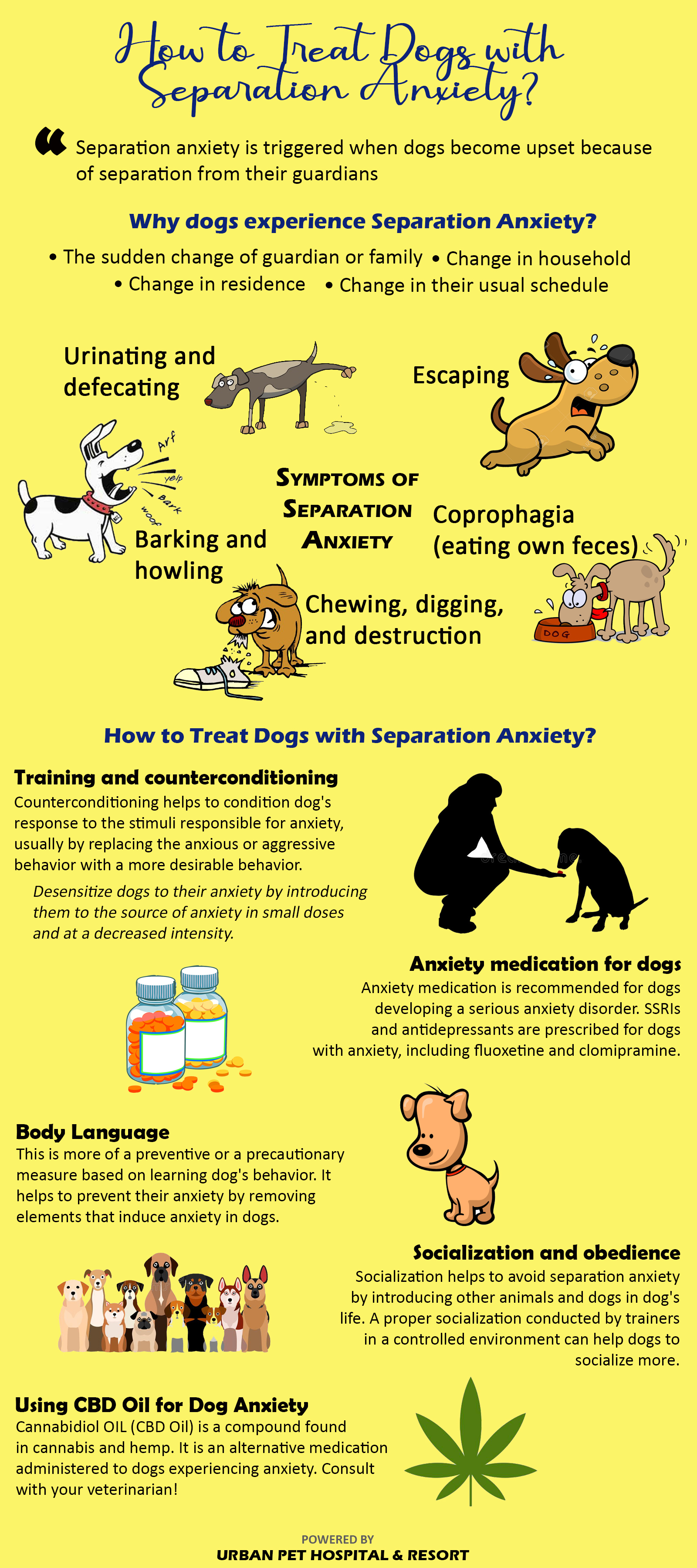
Seeking Professional Help
In some cases, seeking professional help is necessary to effectively manage and address separation anxiety in dogs. Working with a certified dog trainer or consulting with a veterinary behaviorist can provide valuable guidance and support in implementing appropriate training techniques and behavior modification strategies.
Working with a certified dog trainer
A certified dog trainer with experience in addressing separation anxiety can provide invaluable assistance in developing a customized training plan for your dog. They can assess your dog’s specific needs, identify triggers, and help you implement positive reinforcement techniques and behavior modification strategies. A trainer can also provide ongoing support and guidance as you work towards overcoming separation anxiety.
Consulting with a veterinary behaviorist
For more complex cases of separation anxiety, consulting with a veterinary behaviorist may be necessary. These professionals specialize in diagnosing and treating behavioral disorders in animals. A veterinary behaviorist can provide a comprehensive evaluation of your dog’s behavior, recommend appropriate interventions, and assist with the management and treatment of separation anxiety. With their expertise, you can develop a tailored treatment plan that addresses your dog’s unique needs.
Support groups and online resources
In addition to professional help, support groups and online resources can be a valuable source of information and support. Connecting with other dog owners who have experienced or are currently dealing with separation anxiety can provide a sense of community and understanding. Online forums, social media groups, and reputable websites dedicated to dog behavior and training can offer practical tips, success stories, and additional resources to assist you in managing your dog’s separation anxiety.
Preventive Measures
While it’s important to address existing separation anxiety in dogs, taking preventive measures can help minimize the likelihood of this behavior disorder developing in the first place. By avoiding reinforcing separation anxiety, gradually departing and arriving, and promoting socialization and exposure to new experiences, you can set your dog up for success and foster their independence.
Avoiding reinforcing separation anxiety
Avoid reinforcing separation anxiety by ensuring that your dog has experience being alone from an early age. Gradually expose your puppy to short periods of alone time, gradually increasing the duration as they become more comfortable. Avoid making a big fuss when you leave or return home, as this can heighten your dog’s anxiety levels. By practicing calm and routine departures and arrivals, you can help your dog associate being alone with normal, everyday occurrences.
Gradual departures and arrivals
Gradual departures and arrivals can help desensitize your dog to your comings and goings. Start by briefly stepping out of the doorway and returning immediately. Over time, gradually increase the duration of your departures. This will help your dog become accustomed to your absence and reduce their anxiety. Similarly, when you return home, refrain from showering your dog with attention right away. Instead, wait until they have calmed down before offering affection and praise.
Socialization and exposure to new experiences
Promoting socialization and exposing your dog to new experiences can help build their confidence and resilience, which in turn can prevent or lessen separation anxiety. Openly expose your dog to different environments, people, and situations, ensuring that they have positive experiences. Socialize your dog with other dogs and encourage positive interactions. This will help your dog develop coping skills and adaptability, ultimately reducing their vulnerability to separation anxiety.
By understanding the symptoms, causes, and effects of separation anxiety, creating a safe environment, implementing gradual desensitization techniques, considering crate training, addressing fear and anxiety, encouraging regular exercise, utilizing medications and supplements when necessary, using behavior modification techniques, seeking professional help when needed, and implementing preventive measures, you can provide the support and care necessary to help your furry friend overcome separation anxiety and lead a happier, more balanced life. Remember, addressing separation anxiety requires patience, consistency, and a deep understanding of your dog’s individual needs. With your love and guidance, you can help your dog navigate their anxiety and thrive.

